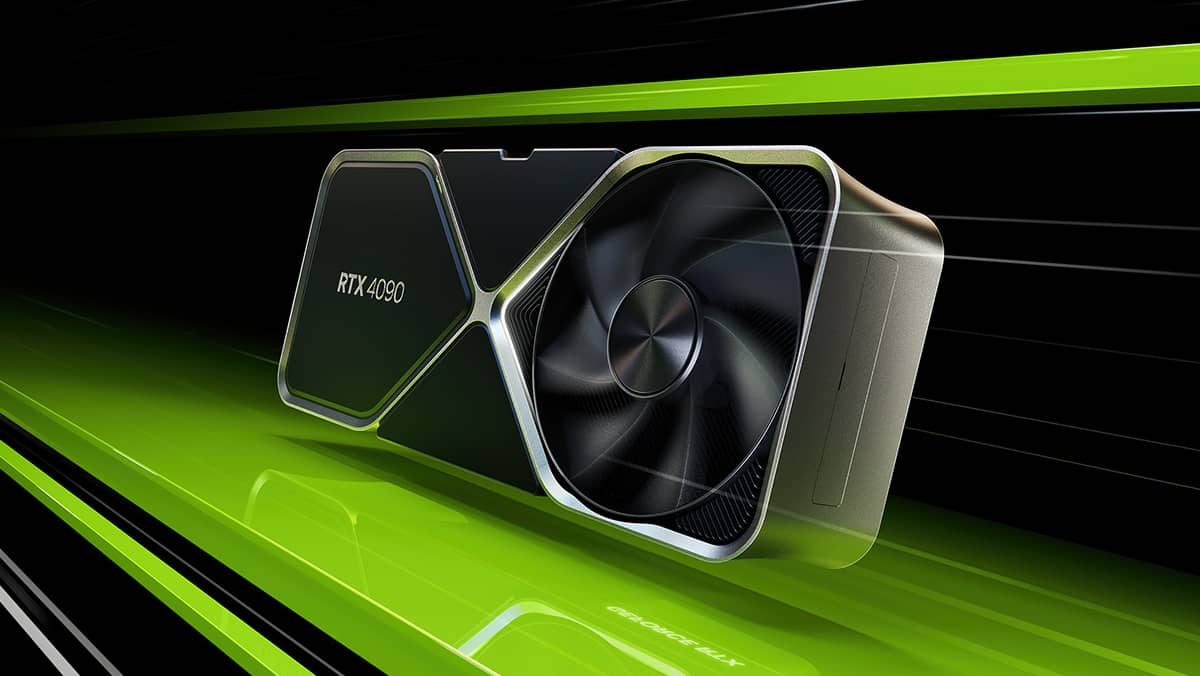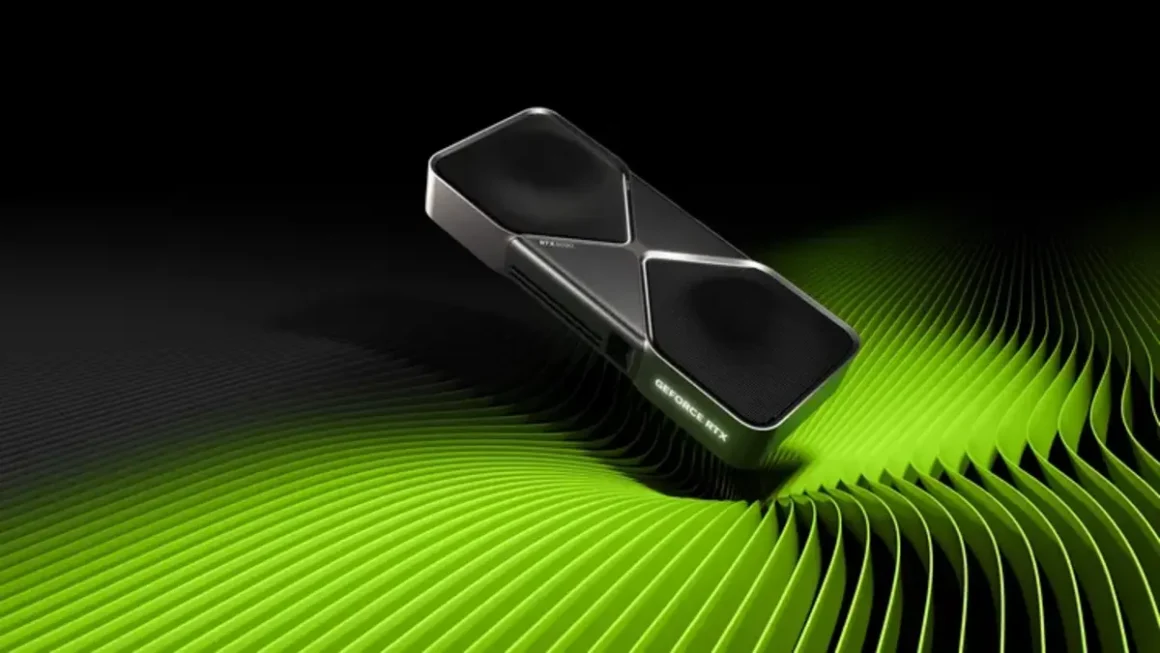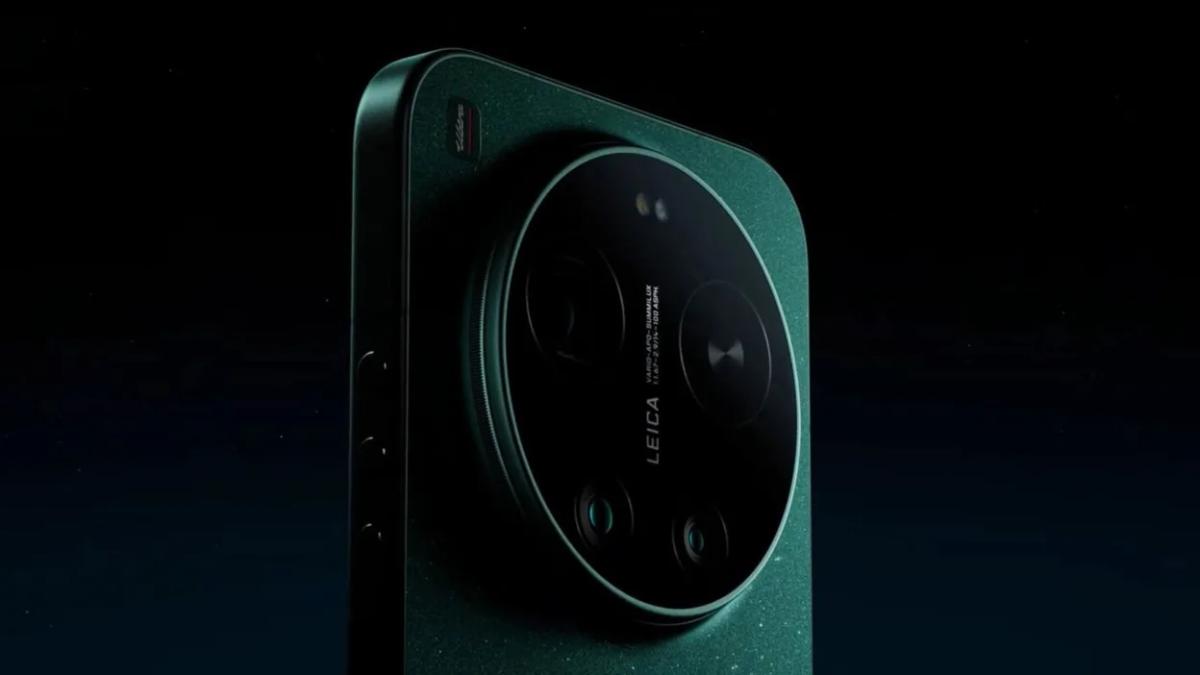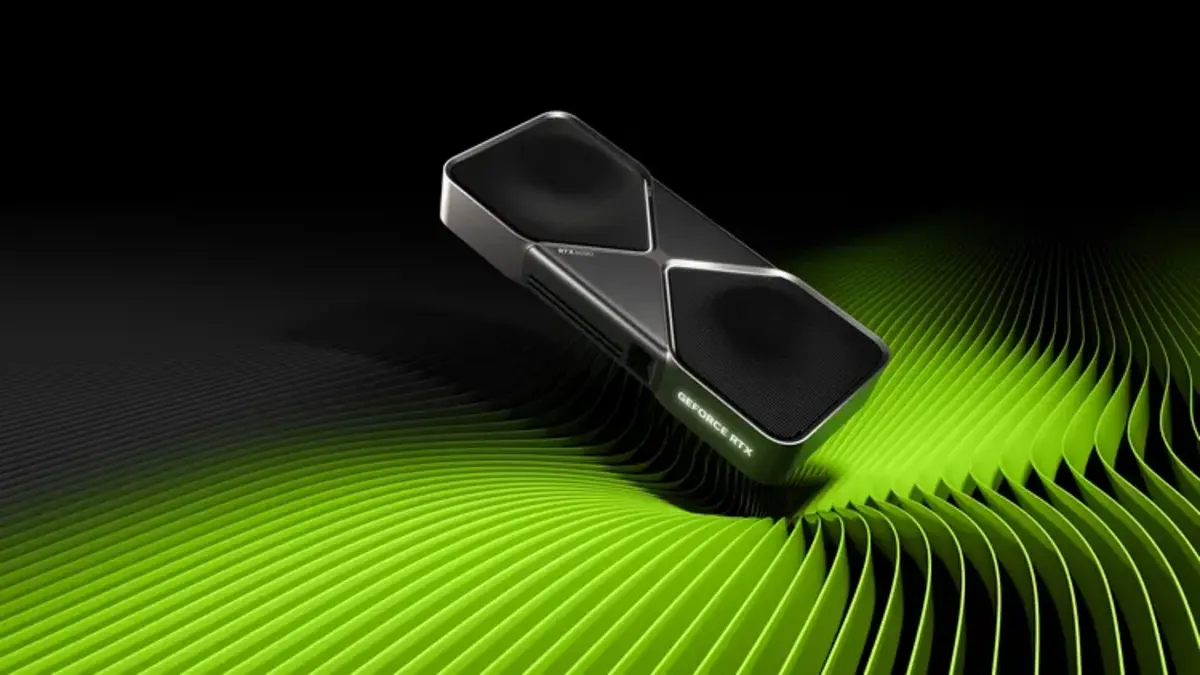NVIDIA has made a significant change to its RTX 5090 graphics cards by removing the Hot Spot sensor, which has caused issues for users and reviewers.
The Hot Spot sensor, used to measure the highest temperature across the GPU die and multiple sensors, has been disabled on the RTX 5090.
As a result, GPU-Z, the popular tool for monitoring GPU performance, is displaying incorrect data, with the Hot Spot temperature showing 255°C, which is obviously inaccurate.
Wizzard, the creator of GPU-Z, confirmed that the Hot Spot sensor has been removed from the RTX 5090 series, and most likely, from all future 50-series cards.
While users can still access GPU and memory temperatures, the removal of the Hot Spot sensor eliminates a useful diagnostic tool, particularly for identifying issues like misaligned coolers or waterblocks.
For those using GPU-Z, Wizzard has stated that the incorrect Hot Spot data will be removed in an upcoming beta version, with a stable release expected next week, coinciding with the launch of the RTX 5080 cards.
The absence of the Hot Spot sensor may affect how users monitor thermal performance, but it remains unclear if the feature will return in some form in the future.














